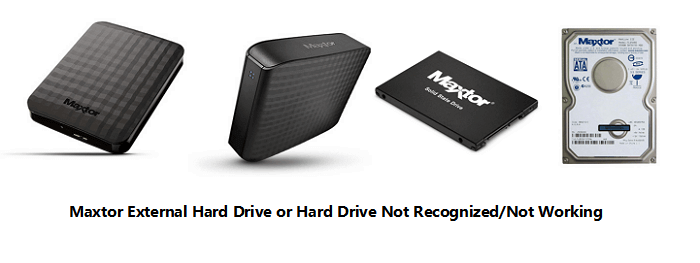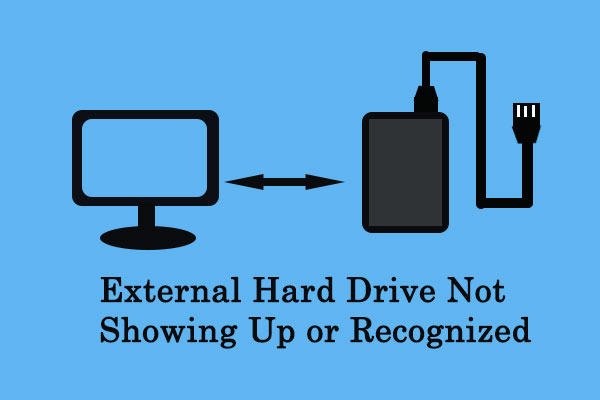


So, technically speaking, if a virus is on your computer, it is also in the internal storage drives. And all the files of any computer are stored inside the storage drives, be it hard disk drives (HDDs) or solid-state drives (SSDs). So, a computer virus needs a host, which is usually a file or piece of software on the host computer. The more infected your computer, the greater the risk of that virus spreading to other computers via data transfer. Others can be more docile and remain dormant until you execute a certain command or program.

Some replicate aggressively and can take over your entire system in a matter of minutes. Of course, not all viruses have the same properties. And if you take an affected file to a fresh, healthy computer, the virus will begin to multiply there and start the process all over again. After it latches on or “infects” a file on your system, it duplicates itself repeatedly and eventually goes on to affect other files and programs.


 0 kommentar(er)
0 kommentar(er)
